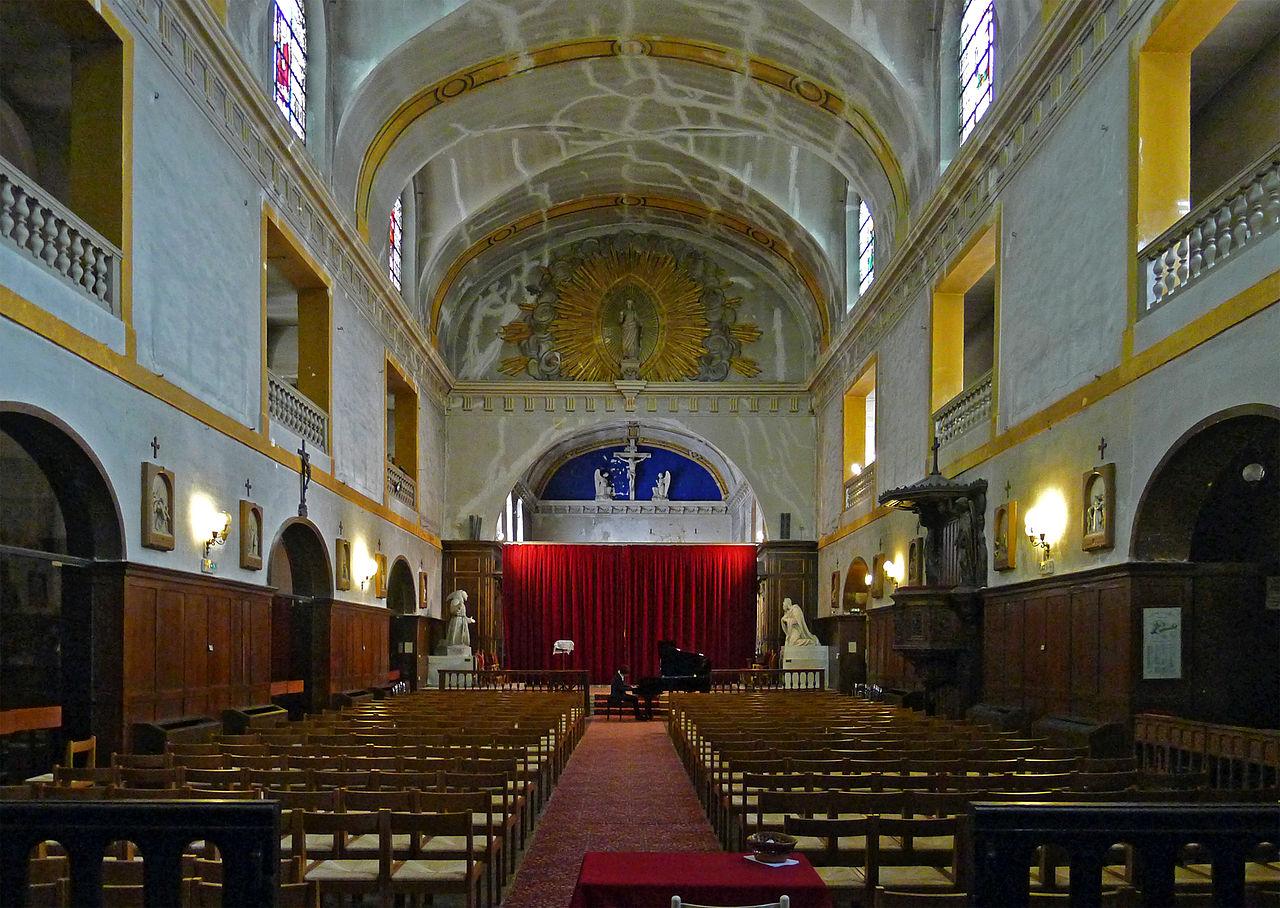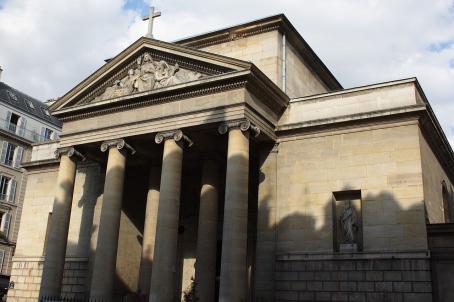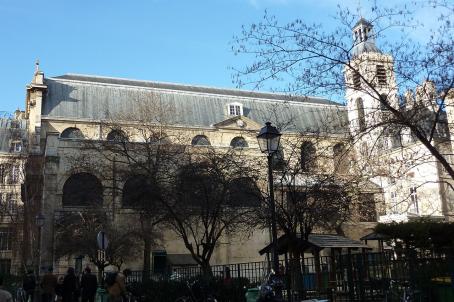Armenian Catholic Eparchy of Sainte-Croix-de-Paris
Built in 1623, the church was modified from 1828 to 1832. Its porch was rebuilt by Baltard in 1855. First chapel of the Immaculate Conception in 1623, it became the parish church of Saint Francis of Assisi in 1791, then Saint John Saint Francis in 1797. In 1970, the church was attributed to the Armenian Catholic community. His two organs are among the first made in Paris by Cavaillé-Coll and his son in 1844. Statue of Germain Pilon (16th century) depicting Saint Francis in ecstasy, and four paintings by Brother Luke (late 17th century) depicting Saint Francis.






